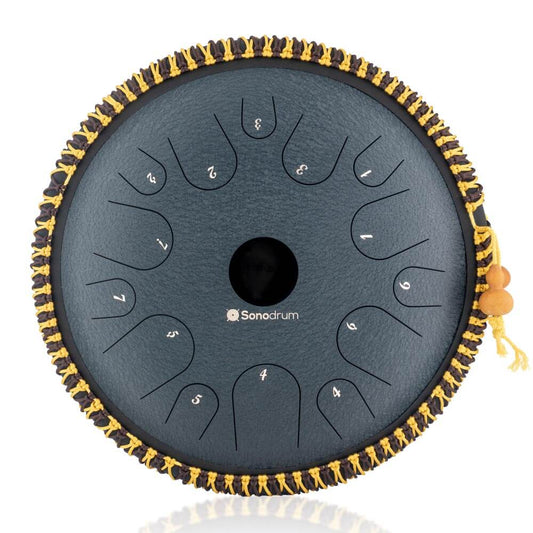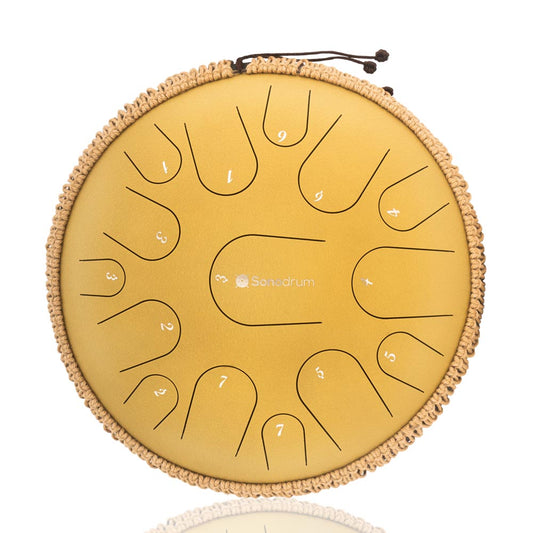The kalimba, also known as a thumb piano or Mbira, is a mesmerizing African percussion instrument that produces enchanting and melodic tones. Whether you're a seasoned kalimba player or a novice, understanding how to tune your kalimba is essential to ensure it produces the harmonious sounds it's known for. In this guide, we'll explore the art of tuning a kalimba, step by step, so you can unlock its full melodic potential.
What You'll Need
Before we dive into the tuning process, gather the following essentials:
- Your kalimba: The instrument you intend to tune.
- Tuning Hammer: A small, specialized tool often provided with your kalimba for adjusting the tines.
- Tuner: An electronic tuner or a tuning app on your smartphone to help you achieve accurate pitch.
Step 1: Understanding Your kalimba's Tuning
Most kalimbas have a diatonic scale, similar to the white keys on a piano. Each tine is a different note, and it's crucial to know the names of the notes and their corresponding pitches on your kalimba. You can find the tuning reference for your specific kalimba in its user manual or online resources.
Step 2: Pre-Tuning Inspection
Before you start tuning, examine your kalimba's tines for any visible damage or issues. Ensure that the tines are securely attached and free from debris. If you encounter any problems, it's best to address them before proceeding.
Step 3: Tune to a Reference Pitch
Use your tuner or tuning app to find the reference pitch for your kalimba. Some common reference pitches for kalimbas are A440 (440 Hz) or C5 (523.25 Hz), but this can vary depending on the model and tuning. Set your tuner to the correct reference pitch.
Step 4: Tuning the Tines
Now, let's get to the heart of the matter—tuning the tines. Here's how to do it:
-
Start with the lowest note (usually the largest tine) and pluck it gently with your thumb.
-
Observe the reading on your tuner. It will indicate whether the tine is flat (below the reference pitch) or sharp (above the reference pitch).
-
Use your tuning hammer to make adjustments:
- To raise the pitch (if it's flat), gently tap the base of the tine towards the center.
- To lower the pitch (if it's sharp), tap the base of the tine away from the center.
-
Pluck the tine again and recheck the pitch with your tuner. Repeat the process until the tine is in tune with the reference pitch.
-
Move on to the next tine, following the same steps. Continue this process for each tine on your kalimba.
Step 5: Check and Fine-Tune
Once you've tuned all the tines, go back and check the entire kalimba's tuning. Play simple melodies to ensure that the notes harmonize well. Make any necessary adjustments to achieve a balanced and pleasant sound.
Step 6: Practice and Retune as Needed
Remember that kalimbas, like many musical instruments, may require periodic tuning due to changes in temperature, humidity, or use. Regularly check and retune your kalimba to maintain its beautiful sound.
Conclusion
Tuning a kalimba may seem challenging at first, but with patience and practice, you can master this essential skill. By understanding your kalimba's tuning, using the right tools, and following the steps outlined in this guide, you'll be able to unlock the melodic magic of this captivating instrument. Enjoy your journey of creating enchanting music with your perfectly tuned kalimba!




